INTERNATIONAL Wolf Day
12th August

Keep reading below to dive in below to the close knit world of family bonds and pack life of wolves
An introduction
Wolves are part of the canine family.
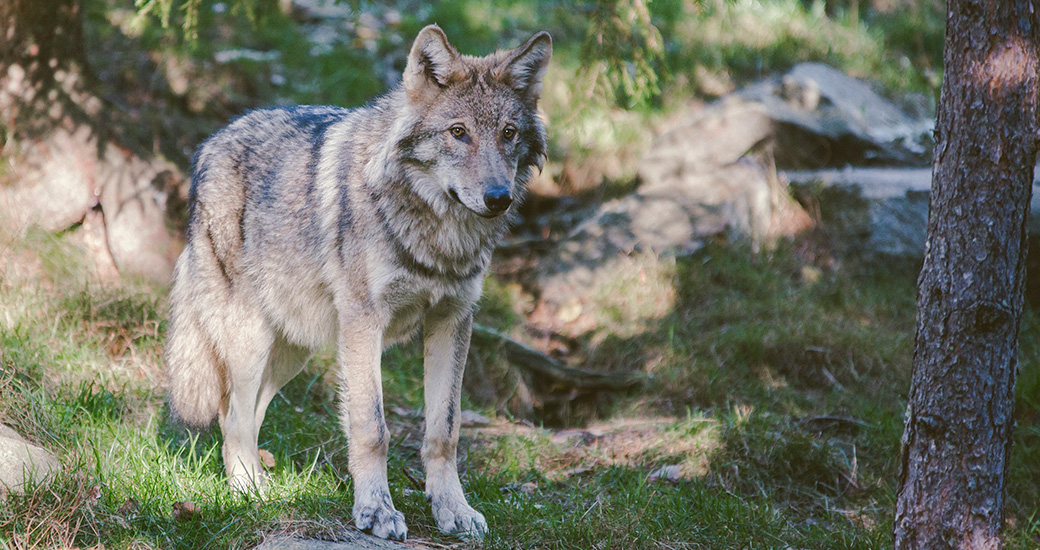
How are they grouped?
There are 2 main species of wolf the Ethiopian (canis simenisis) and the Gray wolf (canis lupis).
There are up to 40 sub-species of gray wolf including the arctic, arabian and timber wolf.
Live in Packs
- They live in family packs comprising of 6-10 wolves.
- There is a strict hierachy in each pack led by an alpha male and female.
- Each wolf in the pack has a unique personality.
Family Life
- The alpha couple are the only breeding wolves in the pack.
- They have up 6 pups that usually stay in the den until 3-4 weeks old.
- All the wolves work together to support the mother and raise the pups
An introduction
Wolves are part of the canine family.
Although wolves are in the same biological family as dogs, foxes, coyotes and jackals they are not in the same genus group.

How are they grouped?
There are 2 main species of wolf the Ethiopian (canis simenisis) and the Gray wolf (canis lupis).
There are up to 40 sub-species of gray wolf including the arctic, arabian and timber wolf.
Live in Packs
- They live in family packs comprising of 6-10 wolves.
- There is a strict hierachy in each pack led by an alpha male and female.
- Each wolf in the pack has a unique personality.
Family Life
- The alpha couple are the only breeding wolves in the pack.
- They have up 6 pups that usually stay in the den until 3-4 weeks old.
- All the wolves work together to support the mother and raise the pups.
Fast Facts
1. Survive in extreme temperatures
They can survive in temperatures as low as -50 and as high as 40 degrees. Some wolves can grow a thicker under coat for winter months.
2. Not all wolves are carnivores
Some wolves do not solely eat meat. South America’s maned wolf is a solitary hunter with an omnivorous diet.
3. utilise senses
Wolves communicate through 4 main senses: auditory, olfactory (scent), visual (body language and facial expressions), and touch.
4. More than a howl
Wolves don’t just howl they make a variety of sounds including; whimper,
whine, growl, yelp, snarl, bark (rare)
5. Shy mammals
Wolves are shy and elusive. They use their acute sense of smell to keep away from the presence of humans.
6. They can wolf it down
Wolves will often go days between meals, the alpha male will always get first pick. A wolf can eat up to 9kg in one sitting.
Arabian Wolf
They are critically endangered found in small clusters across the middle east.
- Diet: Small mammals, reptiles, birds and insects.
- They are solitary hunters, mostly active at night when it’s cooler
- Height: 26 inches
- Weight: 45lbs
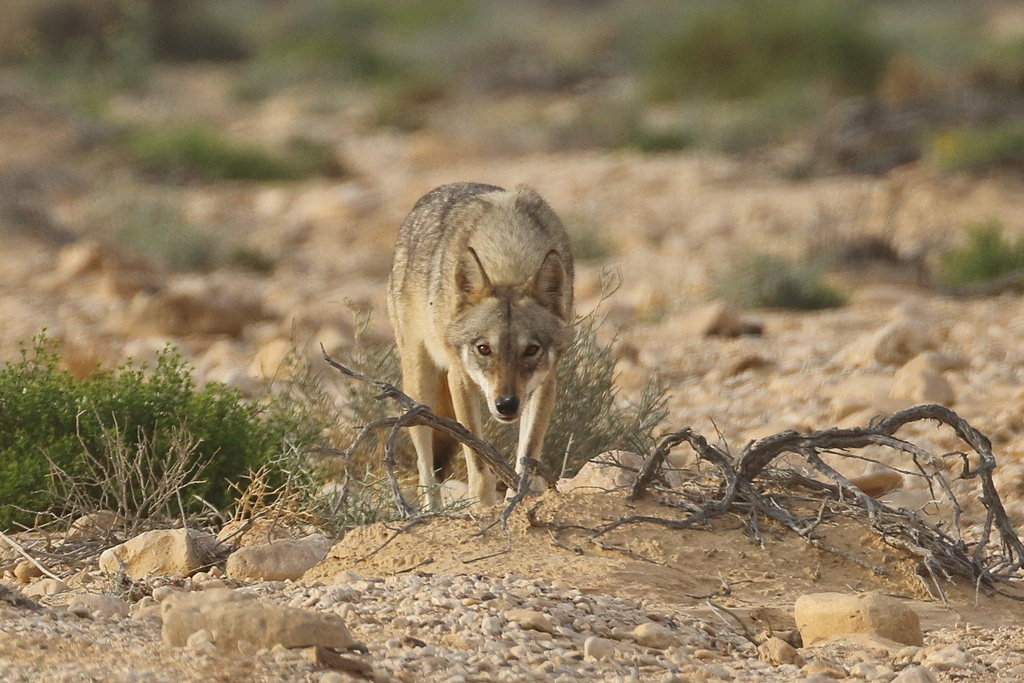

Arabian Wolf
They are critically endangered found in small clusters across the middle east.
- Diet: Small mammals, reptiles, birds and insects.
- They are solitary hunters, mostly active at night when it’s cooler
- Height: 26 inches
- Weight: 45lbs

gray Wolf
The largest of the canis lupus genus group.
- Found: across parts of Northern Asia and North America including Alaska.
- Diet: Carnivore
- Hunting style: Stealth pack hunters
- Diurnal
- Eat caribou, elk, bison, moose, snowhoe hare and beaver.
- Height: 36 inches
- Weight:175lb
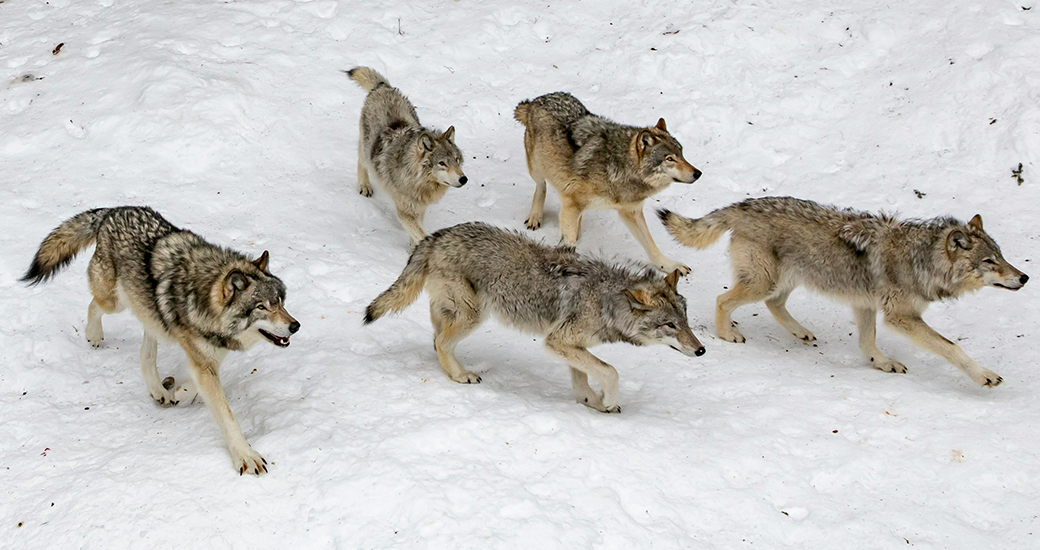
gray Wolf
The largest of the canis lupus genus group.
- Found: across parts of Northern Asia and North America including Alaska.
- Diet: Carnivore
- Hunting style: Stealth pack hunters
- Diurnal
- Eat caribou, elk, bison, moose, snowhoe hare and beaver.
- Height: 36 inches
- Weight:175lb

Wild Wolf Faces
Do you know what a wolf's face is telling you? Here are some examples of facial expressions that gray wolves make.
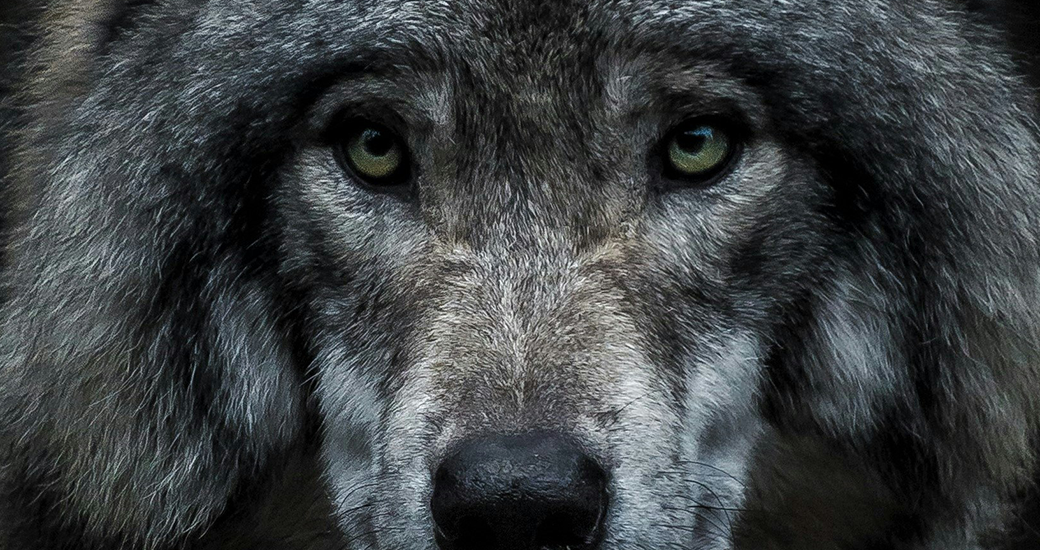
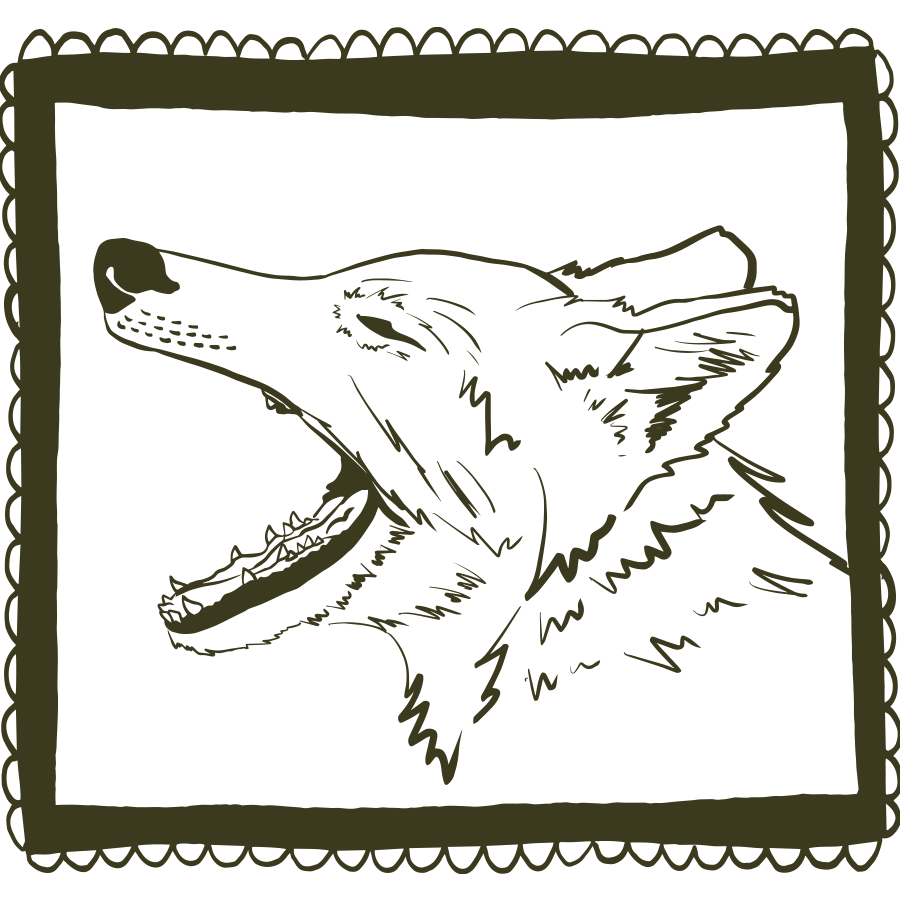
A tired wolf yawning
Signs that a wolf is tired:
- Lying down
- Or in a resting position
- Yawning
- Eyes soft or closed
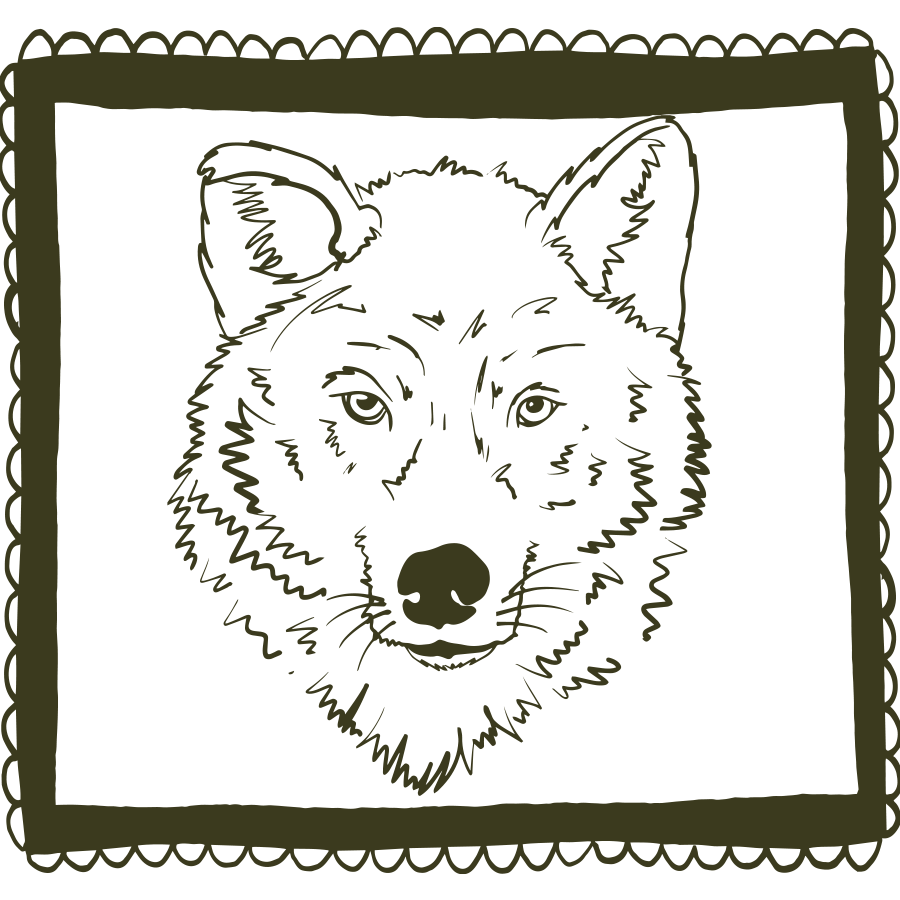
An Alert Wolf
Signs that a wolf is alert:
- Upright body position
- Eyes sharp and focused
- Erect ears
- Relaxed muzzle
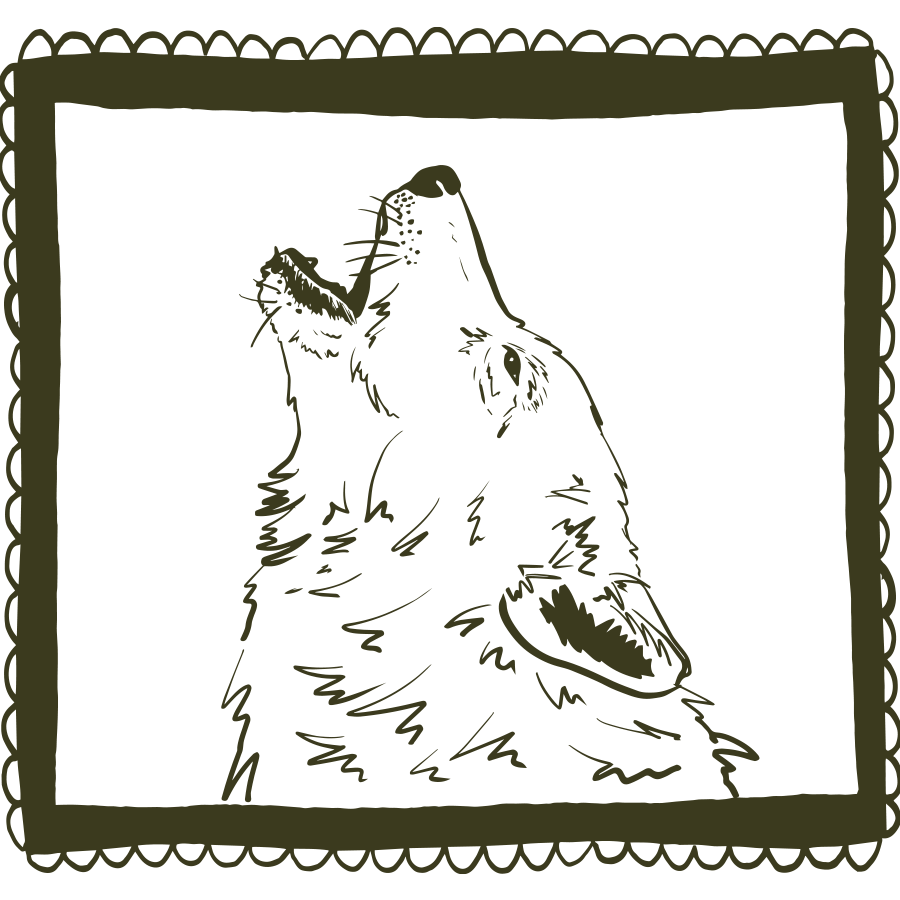
A howling wolf
It’s pretty obvious when a wolf is howling! Did you know that each wolf’s howl is as unique as fingerprints? The pitch and amplitude can help wolves distinguish each other.
Wild Wolf Faces
Do you know what a wolf's face is telling you? Here are some examples of facial expressions that gray wolves make.


A tired wolf yawning
Signs that a wolf is tired:
- Lying down
- Or in a resting position
- Yawning
- Eyes soft or closed

An Alert Wolf
Signs that a wolf is alert:
- Upright body position
- Eyes sharp and focused
- Erect ears
- Relaxed muzzle

A howling wolf
It’s pretty obvious when a wolf is howling! Did you know that each wolf’s howl is as unique as fingerprints? The pitch and amplitude can help wolves distinguish each other.

Relaxed Wolf
Signs that a wolf is relaxed:
- Loose body posture
- May be lying down resting
- Neutral or dropping ears
- Soft eyes
- Relaxed jaw
- Mouth may be slighlty open with tongue hanging gently
- Slow and unhurried movements (no urgency)
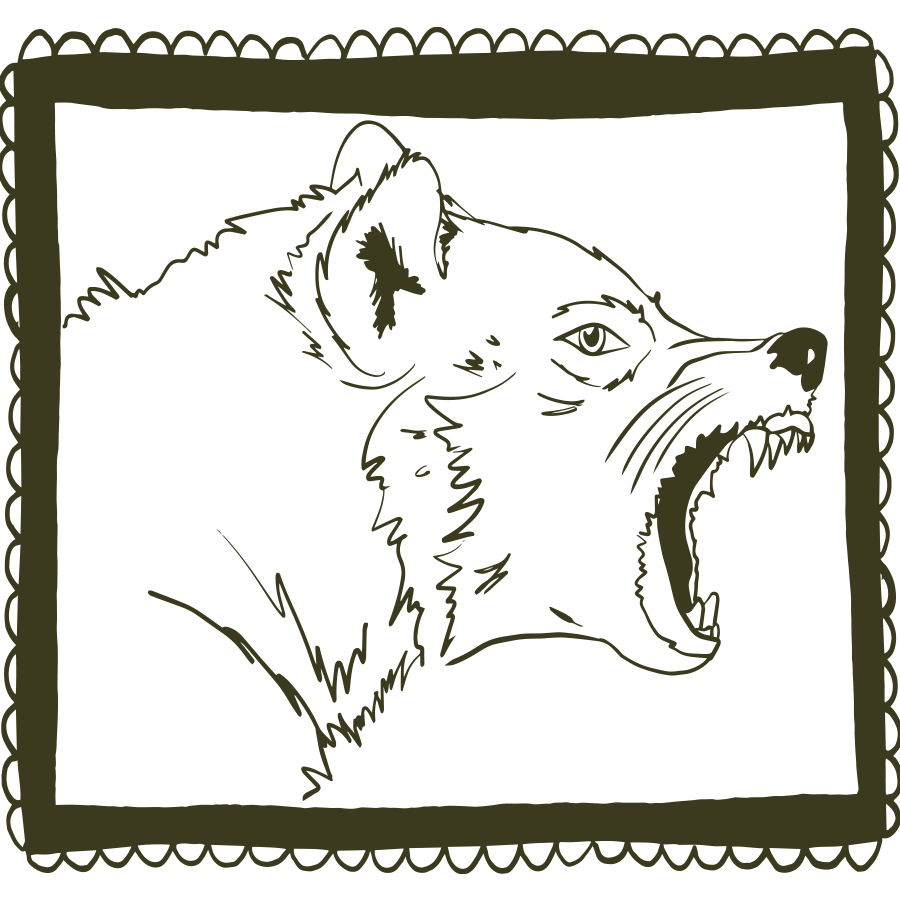
Wolf showing aggression
Signs that a wolf is relaxed:
- Stiff lowered body posture
- Ears pinned back
- Intense staring
- Bared teeth and snarling
- Raised hackles
- Lunging and snapping
- Growling
- Tail tucked in
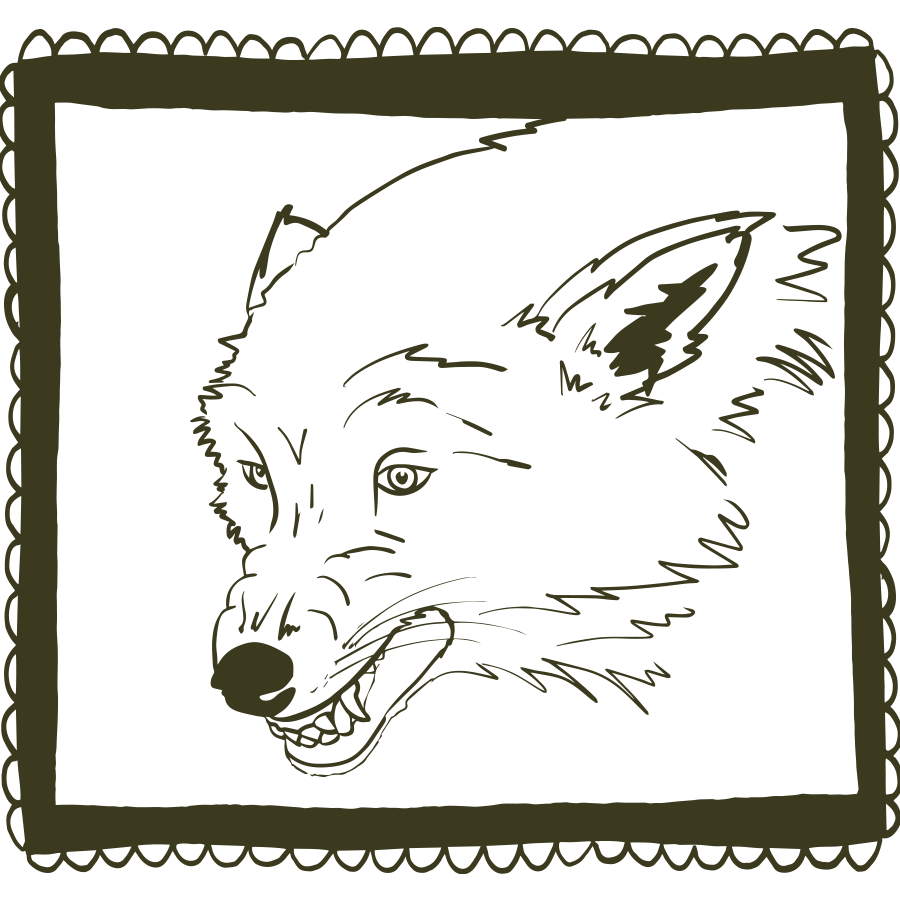
Wolf feeling threatened
Signs of a wolf feeling threatened or afriad include:
- Bared teeth
- Jaw clenched
- Wrinkled muzzle
- Ears pulled back
- Eyes narrow
- Body tense but lowered
Known Threats
All species of wolves are facing many challenges, mostly due to humans this includes:
Habitat Destruction
Dog related Diseases
Accidents
Trapping/poisining
hunting
Risk of inbreeding
Wolves in Europe
Persecution
Wolves are just one of many species under threat due to the greed and persecution of some humans.
I've included a video by Born Free young ambassador Leo who has been campaigning for the protection of wolves. In this video he explores the challenges wolves face as he tries to find real life footage of them in France.
Nurture their curiosity
This is the place to come to get extra activities to nurture and enrich what you are doing with your children at home.
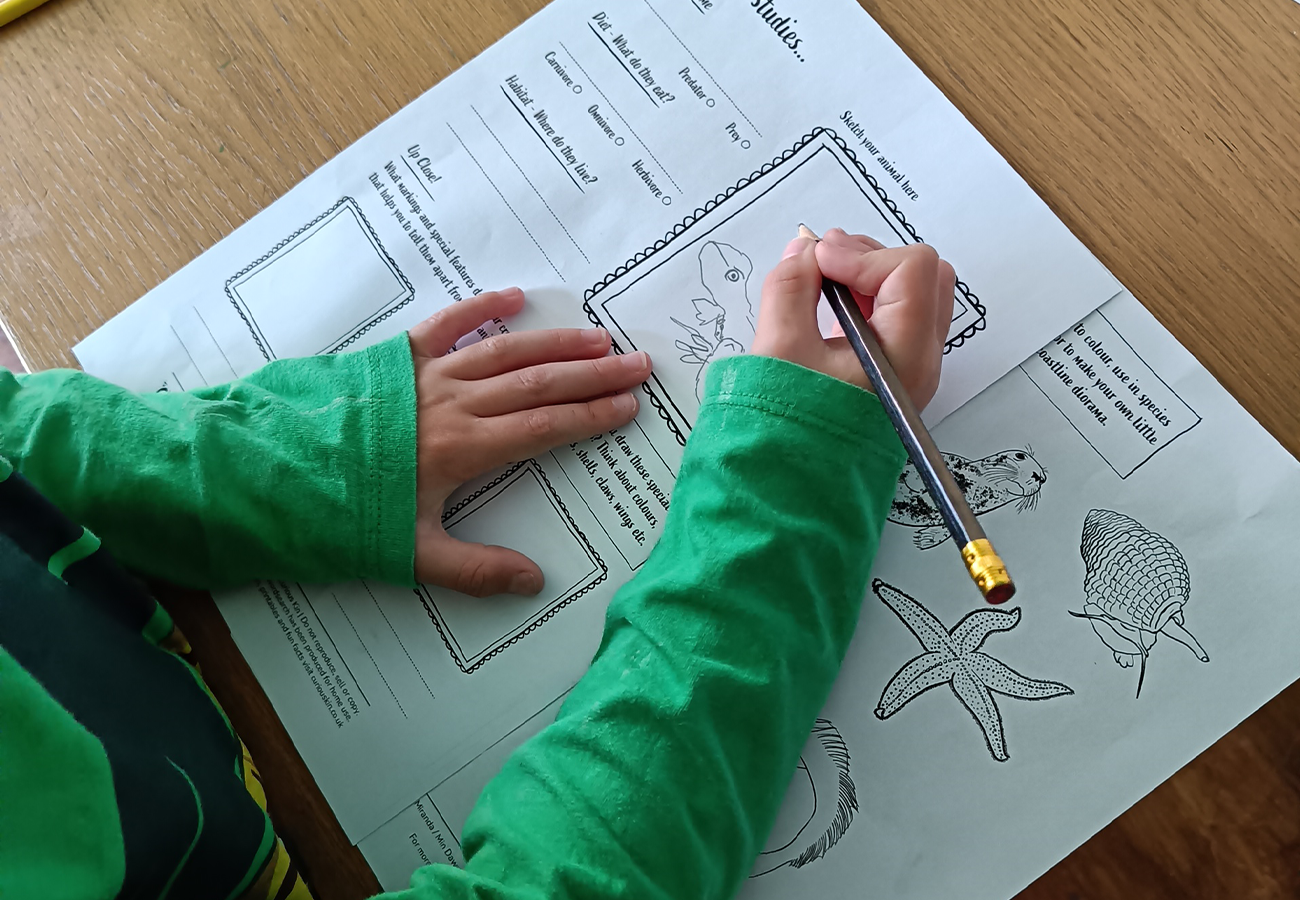
Free activity resources
I’ve created some fun resources to help all of those fun facts sink in. They have now been added to My Curious Library. A free and exclusive resource library packed full of wildlife and dino themed colouring activities for you to do at home.
You may also like...
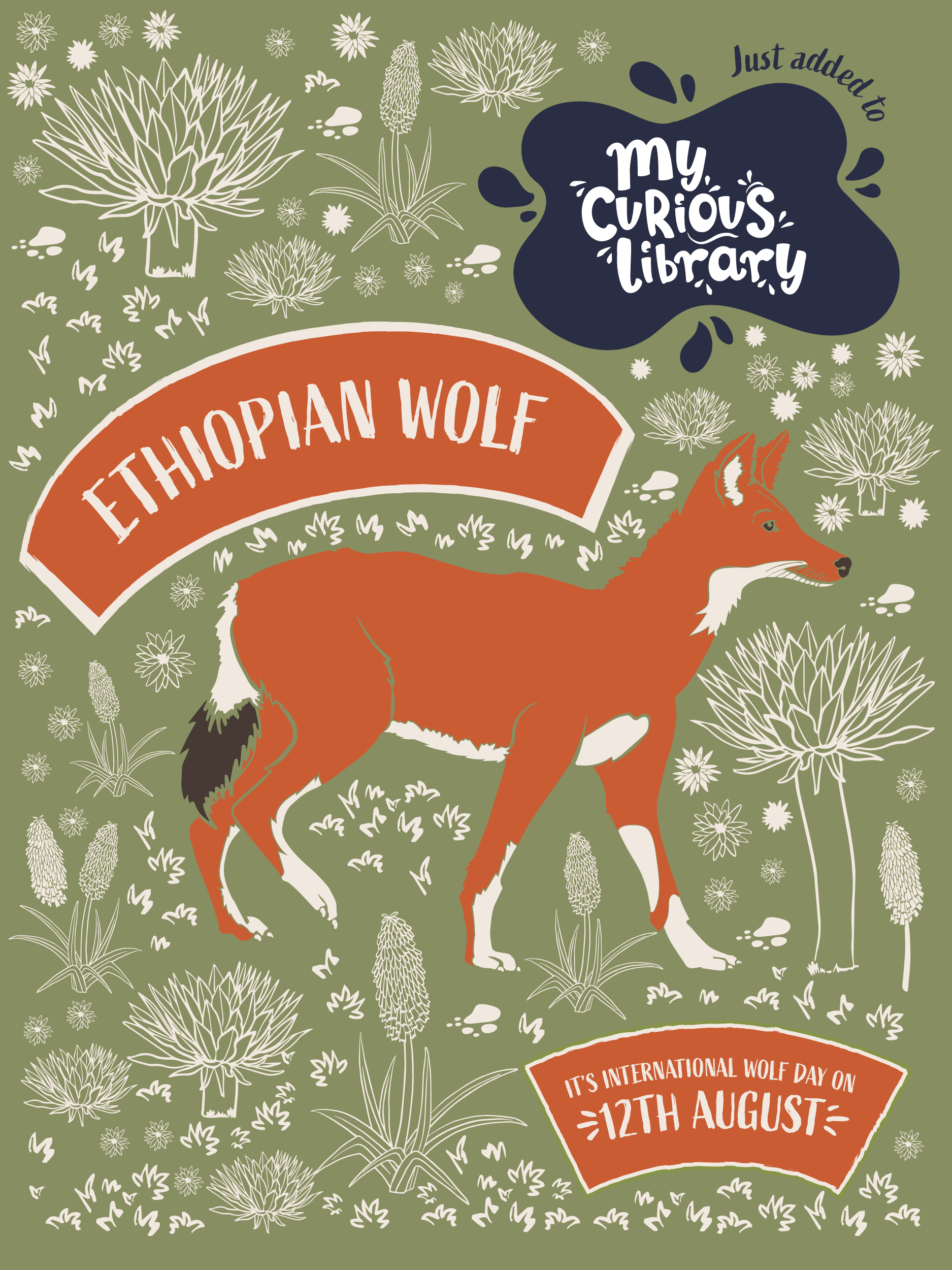
Ethiopian Wolf
Fun Facts
Leap into the world of Africa’s rarest canid – the Ethiopian wolf and find out why it’s so endangered,
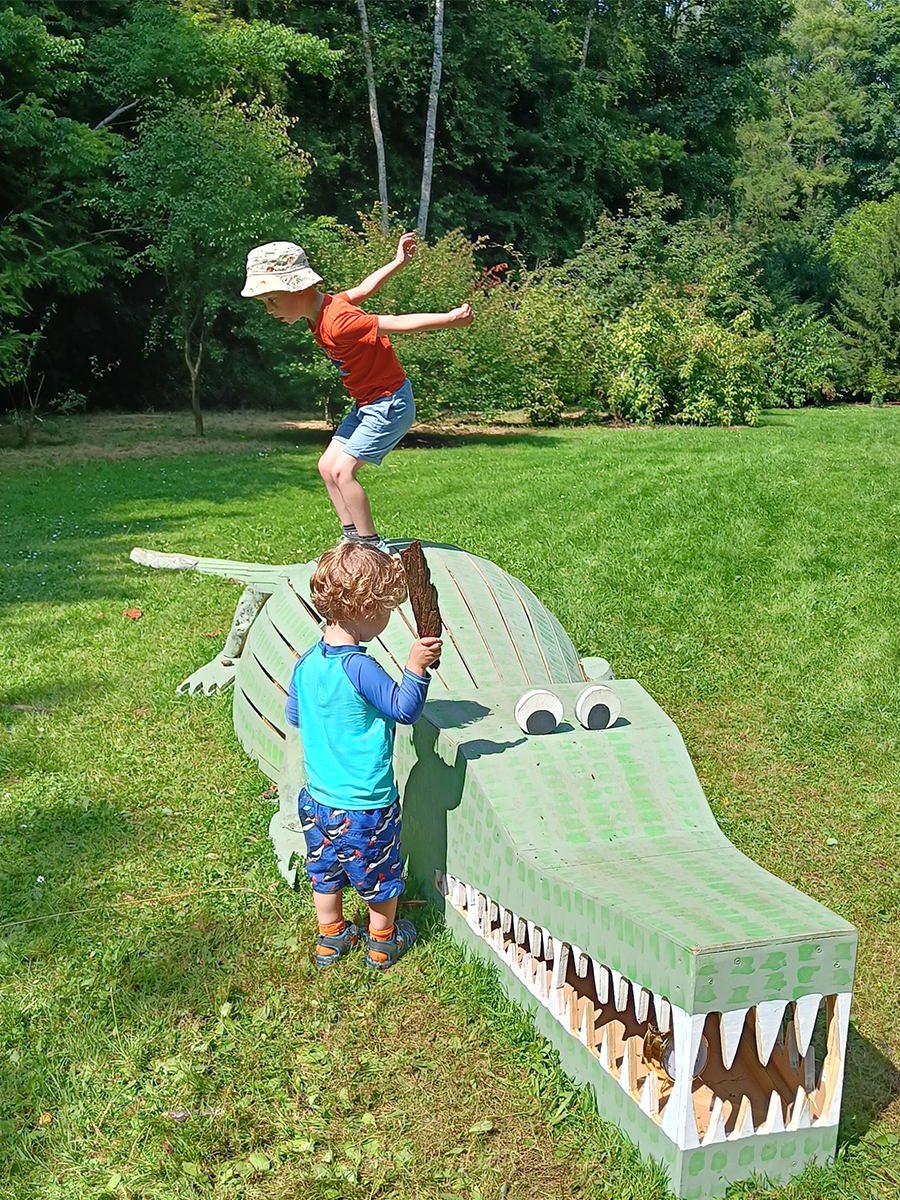
Evenley Wood
Family adventures
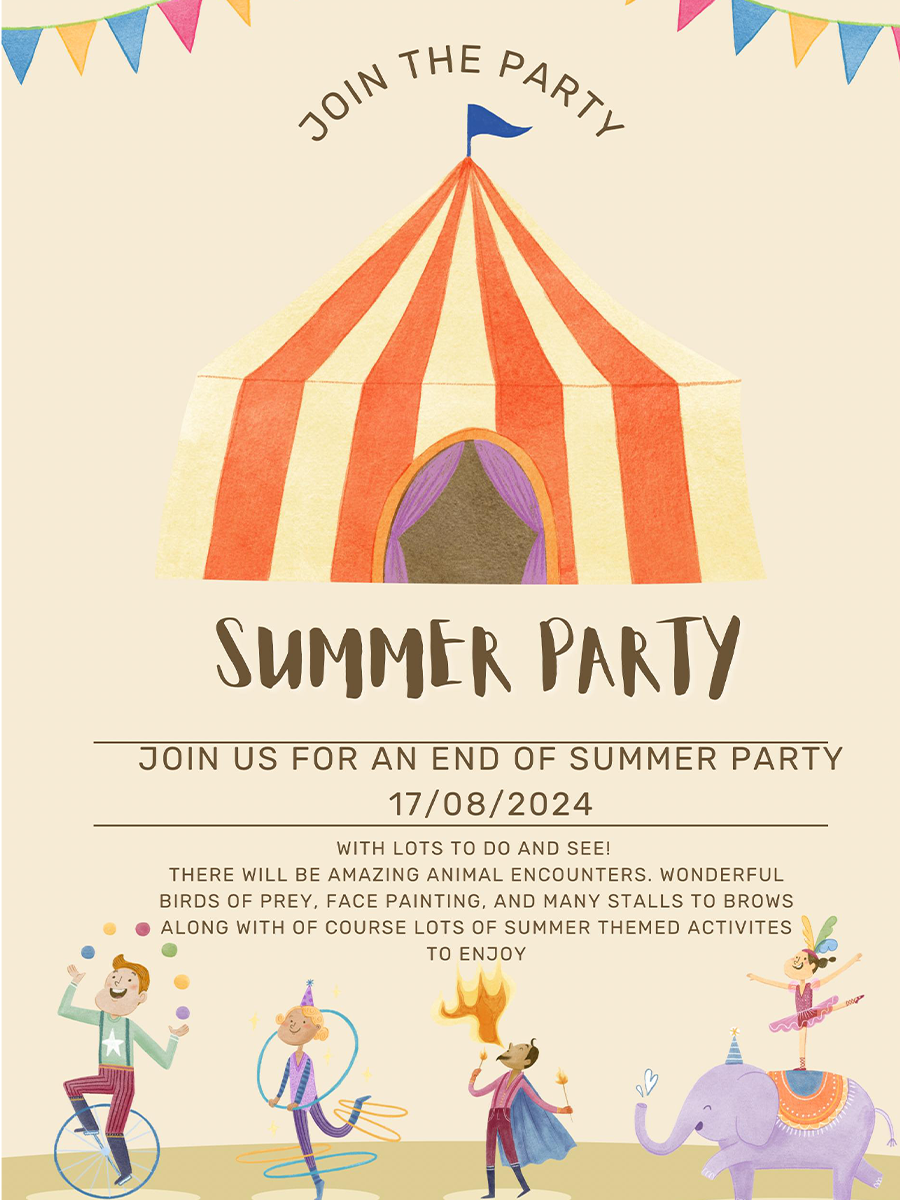
Summer Party
You're invited!
Join Little Nature Seekers and myself for an end of Summer party this Saturday 17th August.
